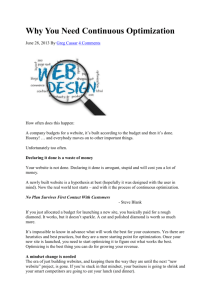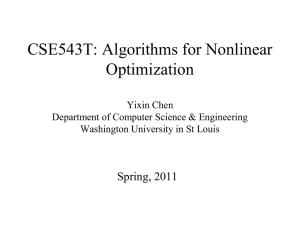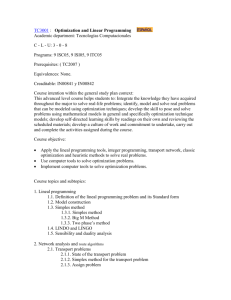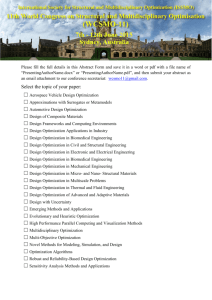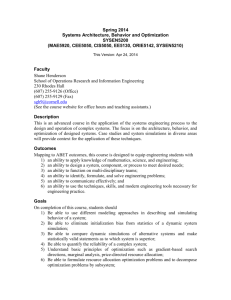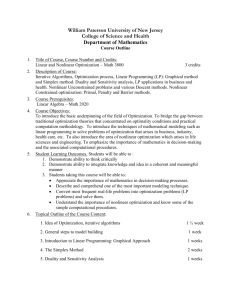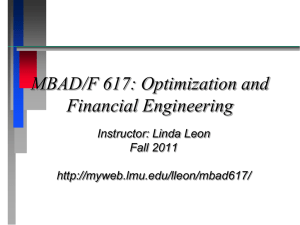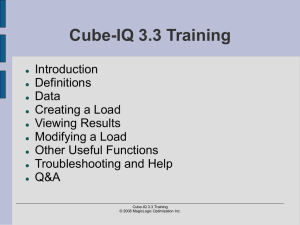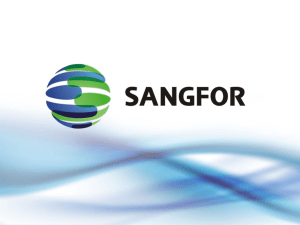Results
advertisement
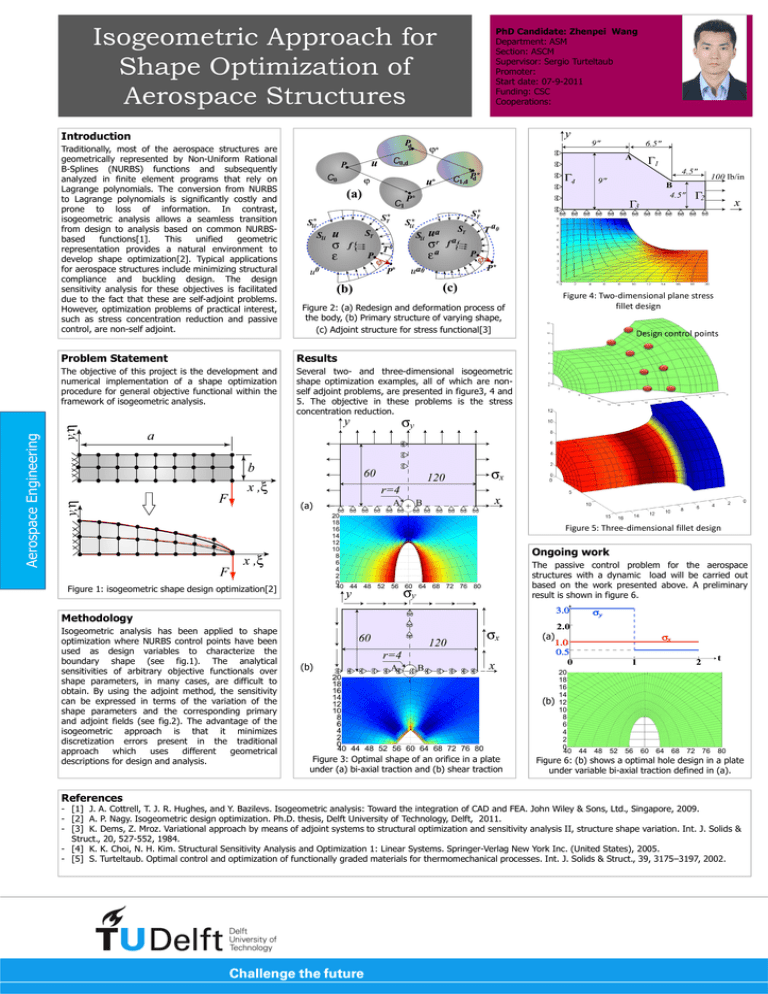
Isogeometric Approach for Shape Optimization of Aerospace Structures PhD Candidate: Zhenpei Wang Department: ASM Section: ASCM Supervisor: Sergio Turteltaub Promoter: Start date: 07-9-2011 Funding: CSC Cooperations: Introduction Traditionally, most of the aerospace structures are geometrically represented by Non-Uniform Rational B-Splines (NURBS) functions and subsequently analyzed in finite element programs that rely on Lagrange polynomials. The conversion from NURBS to Lagrange polynomials is significantly costly and prone to loss of information. In contrast, isogeometric analysis allows a seamless transition from design to analysis based on common NURBSbased functions[1]. This unified geometric representation provides a natural environment to develop shape optimization[2]. Typical applications for aerospace structures include minimizing structural compliance and buckling design. The design sensitivity analysis for these objectives is facilitated due to the fact that these are self-adjoint problems. However, optimization problems of practical interest, such as stress concentration reduction and passive control, are non-self adjoint. Figure 2: (a) Redesign and deformation process of the body, (b) Primary structure of varying shape, (c) Adjoint structure for stress functional[3] Problem Statement Results The objective of this project is the development and numerical implementation of a shape optimization procedure for general objective functional within the framework of isogeometric analysis. Several two- and three-dimensional isogeometric shape optimization examples, all of which are nonself adjoint problems, are presented in figure3, 4 and 5. The objective in these problems is the stress concentration reduction. Aerospace Engineering Figure 4: Two-dimensional plane stress fillet design Design control points (a) Figure 5: Three-dimensional fillet design Ongoing work The passive control problem for the aerospace structures with a dynamic load will be carried out based on the work presented above. A preliminary result is shown in figure 6. Figure 1: isogeometric shape design optimization[2] Methodology Isogeometric analysis has been applied to shape optimization where NURBS control points have been used as design variables to characterize the boundary shape (see fig.1). The analytical sensitivities of arbitrary objective functionals over shape parameters, in many cases, are difficult to obtain. By using the adjoint method, the sensitivity can be expressed in terms of the variation of the shape parameters and the corresponding primary and adjoint fields (see fig.2). The advantage of the isogeometric approach is that it minimizes discretization errors present in the traditional approach which uses different geometrical descriptions for design and analysis. References (a) (b) (b) Figure 3: Optimal shape of an orifice in a plate under (a) bi-axial traction and (b) shear traction 20 18 16 14 12 10 8 6 4 2 0 40 44 48 52 56 60 64 68 72 76 80 Figure 6: (b) shows a optimal hole design in a plate under variable bi-axial traction defined in (a). - [1] J. A. Cottrell, T. J. R. Hughes, and Y. Bazilevs. Isogeometric analysis: Toward the integration of CAD and FEA. John Wiley & Sons, Ltd., Singapore, 2009. - [2] A. P. Nagy. Isogeometric design optimization. Ph.D. thesis, Delft University of Technology, Delft, 2011. - [3] K. Dems, Z. Mroz. Variational approach by means of adjoint systems to structural optimization and sensitivity analysis II, structure shape variation. Int. J. Solids & Struct., 20, 527-552, 1984. - [4] K. K. Choi, N. H. Kim. Structural Sensitivity Analysis and Optimization 1: Linear Systems. Springer-Verlag New York Inc. (United States), 2005. - [5] S. Turteltaub. Optimal control and optimization of functionally graded materials for thermomechanical processes. Int. J. Solids & Struct., 39, 3175–3197, 2002.


